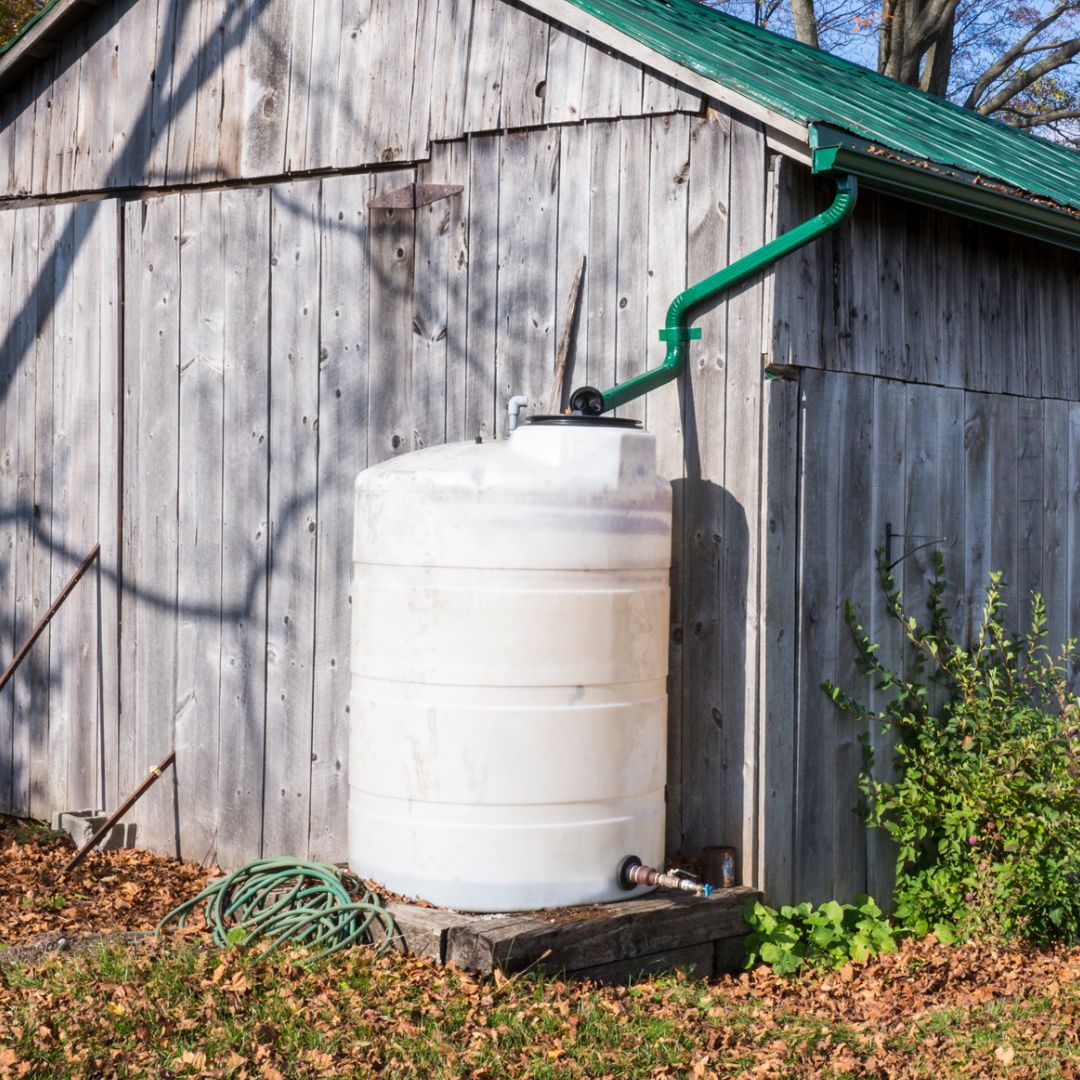
Climate change and the resulting severe weather have challenged us to address heat waves, wildfires, flooding, and more frequent and intense storms. One way to help reduce the impacts of these hazards is through nature-based solutions.
Nature-based solutions can help save property, lives, and a community’s economy. Some nature-based solutions also provide natural, green areas for wildlife and the community to enjoy.
Here is a quick primer on nature-based solutions, how they help, and some examples of common solutions communities use.
What are Nature-Based Solutions?
Nature-based solutions use natural features to help address some issues brought on by severe weather, shore erosion, and climate change. Creating these solutions requires a combination of sustainable planning, engineering, developing, and maintaining an environment to make it more resilient and adaptable to changing climate trends.
Nature-based solutions can also be called green or natural infrastructure, Engineering with Nature, and nature-based features.
The Benefits of Nature-Based Solutions
Nature-based solutions are a more natural way to deal with severe weather and climate change challenges. By using nature-based solutions, the community can:
- Enjoy better water and air quality
- Reduce flooding in inhabited areas
- Become more resilient
- Protect coastal areas
- Host healthier wildlife habitats
- Have cooler localized temperatures
- Experience higher property values
- Use more space for outdoor recreation
- Enjoy better physical and mental health
Nature based-solutions also help a community create a better triple bottom line. The triple bottom line measures an asset's financial, social, and environmental impact. A better triple bottom line means the nature-based solution is getting a good return on investment as well as helping those in the community and the planet.
Examples of Nature-Base Solutions
Greenways
Greenways are protected open spaces used to connect places. They often get designated along rivers and other natural features. They may also be set aside along utility corridors or abandoned railroad beds.
Greenways link natural habitats. They help to improve water quality, protect natural habitats, and reduce the impacts of flooding in floodplain areas. Greenways also provide space for people to explore and enjoy physical activities like hiking, jogging, or biking.
Vegetated Swales
Vegetated swales are channels that use plants or mulch to absorb stormwater as it runs down a slope. Vegetated swales are commonly used near impermeable pavement--parking lots, streets--to catch and soak up rainwater run-off during storms. Swales can also get installed near sloping turfgrass.
Water absorption into these swales helps to improve water quality and reduce the impacts of heavy rain.
Rain Harvesting

Installing containers that drain rainwater from roofs allows the water to be used later. Options are available to collect dozens to thousands of gallons of rainwater.
Rain harvesting can be beneficial in areas with brief periods of heavy rain followed by long periods of dry weather. The harvested rain helps reduce the need for watering plants with the established water system.
Rain Gardens
Rain gardens use native plants to temporarily soak rainwater from the nearby pavement, roofs, lawns, or other less impermable areas. The mixture of native perennials, shrubs, and flowers planted on the downside of a slope allows for 30% or more of rainwater to soak into the ground.
As a bonus, rain gardens improve water quality by filtering out pollutants. Once established, rain gardens require minimal maintenance and won’t rely on pesticides and fertilizers.
Coastal Wetlands
Coastal wetlands are areas of land saturated with water. They contain plants that tolerate wet soils and low oxygen levels near their roots. They may be salt marshes, seagrass beds, and mangroves.
Coastal wetlands help to naturally reduce flooding threats and storm surge impact associated with severe weather and climate change. They also provide habitats, opportunities for recreation, and cleaner water.
A Team Effort
Creating nature-based solutions for the community doesn’t fall solely on the shoulders of parks and recreation departments. The green areas they possess can be great assets for developing these solutions. Still, the project may require more planning, knowledge, and resources than a typical parks and recreation department has available.
Planning and building nature-based solutions may require collaboration among local government partners such as:
- Public Works
- Transportation
- Floodplain Administration
- Planning and Economic Development
- Environment Protection
- Stormwater Managment
- Emergency Managment
- Utilities
In addition, non-government partners like non-profit organizations, environmental groups, and civic associations may also be helpful in the planning and developing process.
Additional Resources
Building Community Resilience with Nature-Based Solutions: A Guide for Local Communities, put out by FEMA, is an excellent resource to take a closer look at how nature-based solutions can be used in your community.
